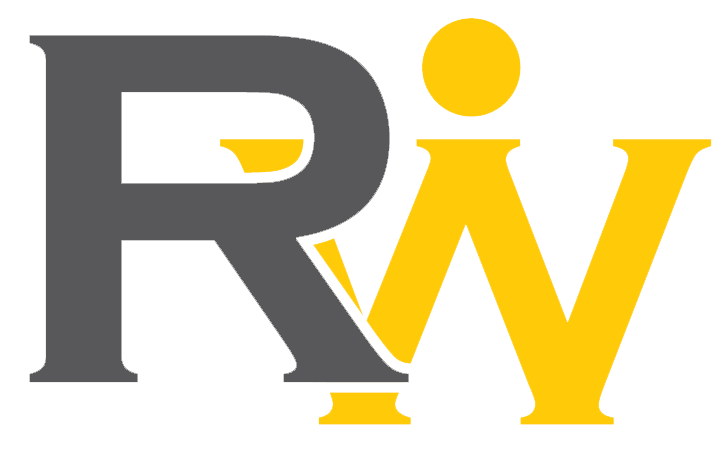Work Related Pain
Work-related pain is a common issue, particularly for individuals who spend long hours at a desk, perform repetitive tasks, or are involved in physical labor. These pains often result from poor posture, repetitive movements, or physical strain. Let’s explore some of the common types of work-related pain:

